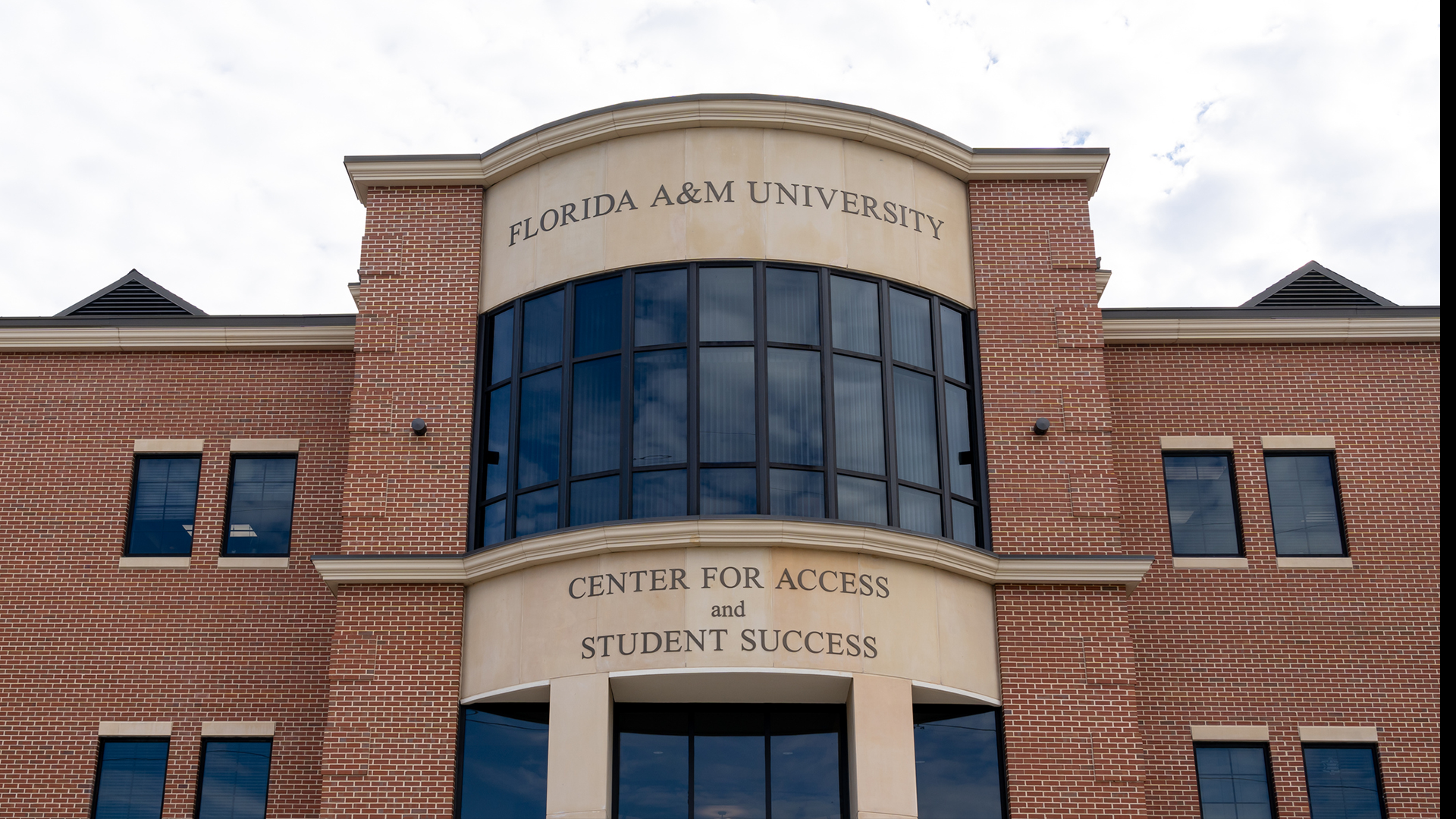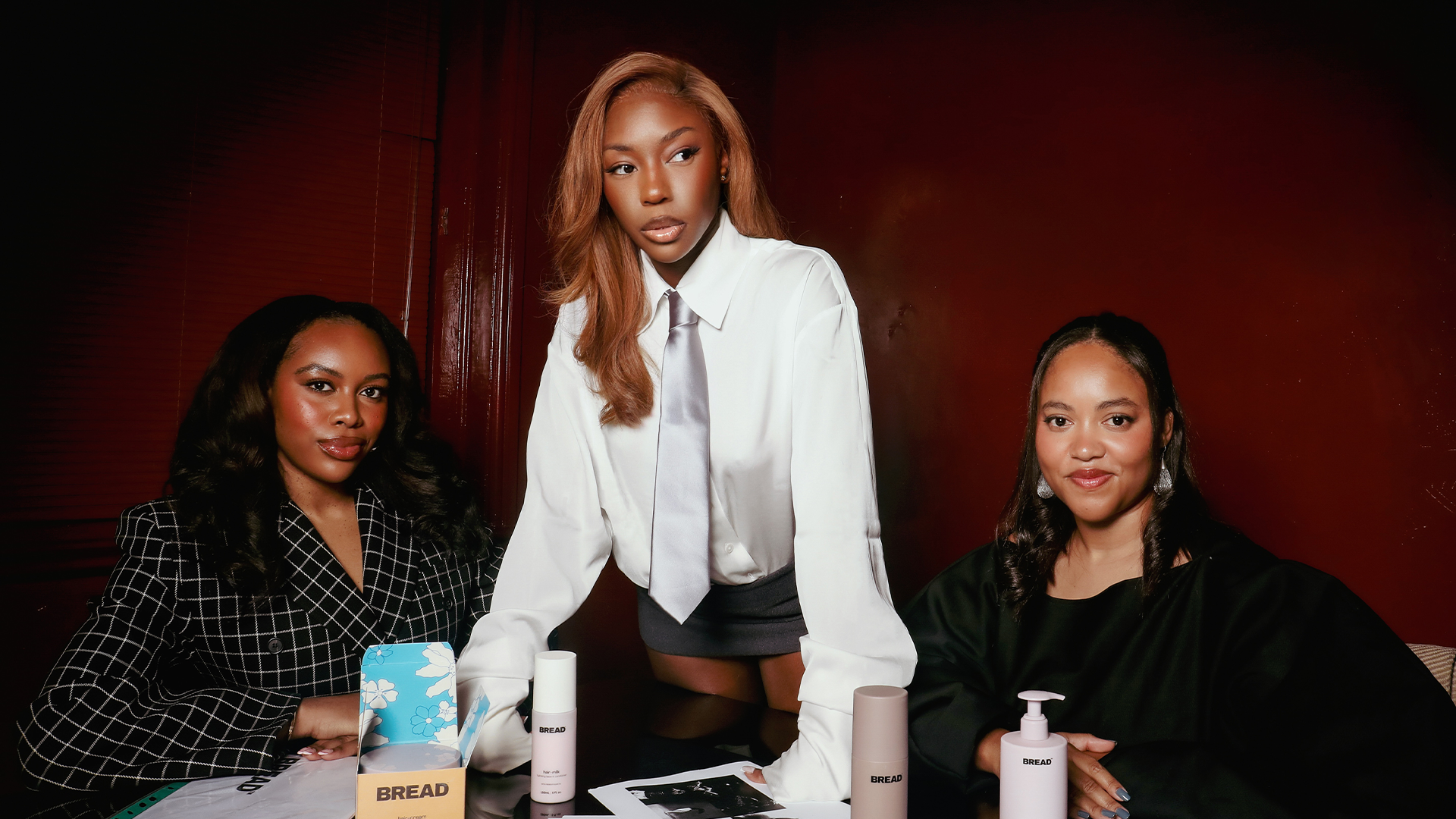Marvin Gaye is one of the greatest lyricists of all time.
As part of the legendary Motown lineup, Gaye made songs that your grandparents love to this very day. From “Sexual Healing” to “What’s Going On,” he was truly the soulful voice of a generation. And his passing in 1984 shook the world on every level.
And while he — like many celebrities — faced some financial difficulties along the way, his legacy is secured and cannot be denied.
But did you know that Marvin Gaye is also partially responsible for the existence of Famous Amos cookies?
That’s right: before celebrities made headlines for investing in companies that would then go on to achieve unicorn status, Gaye was helping out a longtime friend by investing in his then-fledgling cookie company.
The R&B legend’s investment was even featured in History’s hit television series, “The Food That Built America.”
Now, with the news that Famous Amos is paying that initial investment forward by giving $150,000 to three Black entrepreneurs, we decided to take a look back at how the late, great Marvin Gaye became one of the first investors in the company … thus bringing it into existence in the first place. Let’s pay homage to one of the greatest!
How Marvin Gaye Invested In The Cookie Company
According to The New York Times, Famous Amos founder Wally Amos was a Hollywood talent agent before he became a cookie purveyor. As it turned out, both he and Marvin Gaye ran in the same circles as a result.
And when Gaye — and 1970s singer Helen Reddy (“I Am Woman”) — were approached by Amos about the company idea, each singer gave the budding entrepreneur $25,000.
The investment paid off: in its first year, Famous Amos made $300,000. By 1982, the company was pulling in a whopping $12 million in profit, according to Mashed.
Reportedly, too, Gaye was so “sold” on the idea that he didn’t even need an elevator pitch from Amos to make the investment.
“Wally, Wally … hey, wait a minute, man. If you’re doin’ it, that’s okay, I’ll invest in it,” he reportedly said, according to Amos’ memoir.

















